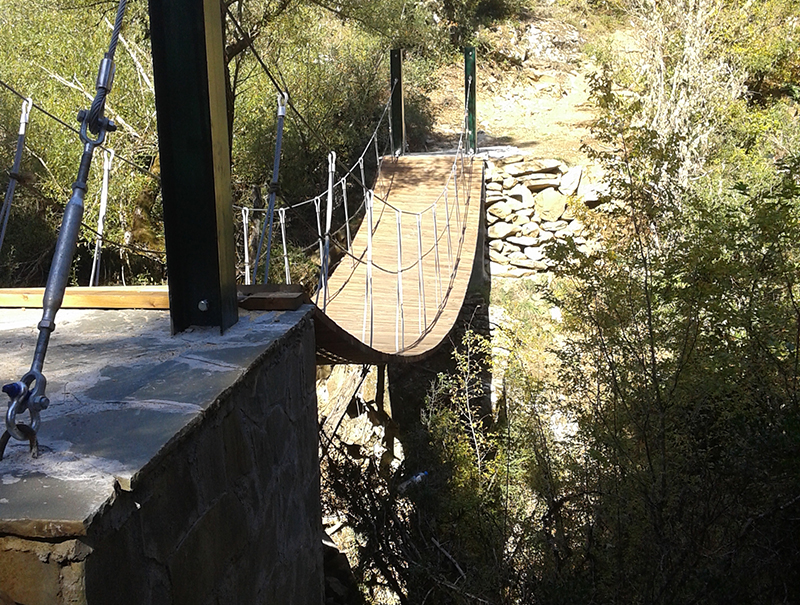Researchers in Belgium’s Walloon Region have employed numerical simulation tools and methodologies developed by the aerospace sector to help Europe’s construction sector design more energy-efficient and environmentally friendly buildings.
- 28 August 2017
When architects and engineers use the SIMBA processes early on in the design phase, potential problems can be identified and mitigated with little delay to the overall building schedule.
To meet a growing demand from the construction sector for energy-efficient designs, the SIMBA project brought together academic and private partners to develop state-of-the-art tools and skills related to high-performance computer modeling.
The project also helped to prepare the EU’s construction sector for new, advanced design techniques via the publication of articles, information on best practices and the organisation of master classes and practical training on the proper use of computer simulation tools.
Looking to the sky for inspiration
The Walloon Aerospace Research Centre, the project’s coordinator, took the advanced technology, high-fidelity simulation tools and numerical methodologies used by the aerospace sector and transferred them to the building sector.
Although going from airplanes and rockets to buildings may seem like a stretch, in fact the two sectors have much in common. With some foresight, some years ago the aerospace sector as a whole began to take concrete steps to increase aircraft efficiency as a way of decreasing carbon emissions while also dealing with new security criteria, cost constrains and the potential negative impact of noise.
Now, as the building sector is facing similar pressures for change, companies are looking to use some of the methods and tools developed for the same purposes in the aerospace sector. Specifically, these tools are being used for:
optimisation of affordable and high-energy performing buildings and heating, ventilation and air conditioning (HVAC) technologiesassistance with the renovation and diagnostics of older buildingsdetailed characterisation of building envelopes with a high level of integrated renewable solutionsimprovement of comfort and air quality of both indoor and urban spacesassistance in the mechanical and aerodynamic design of structures as bridges.A 3D approach
To start, the project adapted the aerospace sector’s advanced 3D-computer simulation tools and numerical methods for use in building and HVAC technology design. As demonstrated in the aerospace sector, these simulation tools and methods help aircraft designers significantly improve aerodynamic performance while also limiting the cost and time of the various design stages.
This approach allows engineers to visualise changes made to a construction design, such as the results of replacing sharp edges with rounded surfaces to achieve a more aerodynamic profile that better protects a structure from wind damage.
Following this pioneering example, the SIMBA project aimed to transfer a similar approach in the building sector for a more precise and cost-effective construction project design. High performance fluid, thermal, mechanical simulation tools and methods were benchmarked against the most commonly used single dimension tools and validated in both on-site and wind tunnel scenarios.
The wind tunnel tests were specifically aimed at assessing the impact wind has on buildings, including its effect on comfort, energy use, air quality, smoke dispersion (in case of fire), and mechanical resistance.
Once fine-tuned, the new computer simulation tools and methods for building design were promoted to the sector via industrial meetings, exchange days, master classes and training.
Positive results
Thanks to the incorporation of computer simulation into building and related technology design, the entire building value chain will profit — especially as quality increases and energy needs decrease. The project also laid the foundation for the introduction of additional technology-based methodologies. For example, Building Information Modelling (BIM), Geographical Information Systems (GIS), Information Communication Technology (ICT) and the Internet of Things (IoT) could all soon play a major role in the design, construction and maintenance of energy-efficient buildings — effectively transforming the construction sector.
Total investment and EU funding
Total investment for the project “Simba multi-physics simulations for building applications” is EUR 986 787, with the EU’s European Regional Development Fund contributing EUR 394 715 through the “Wallonia (Hainaut)” Operational Programme for the 2007-2013 programming period.

